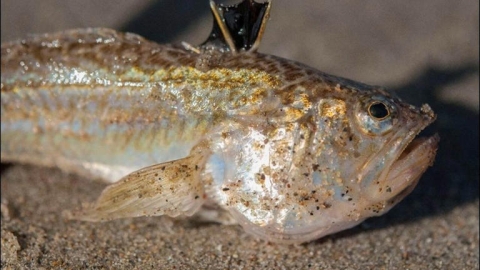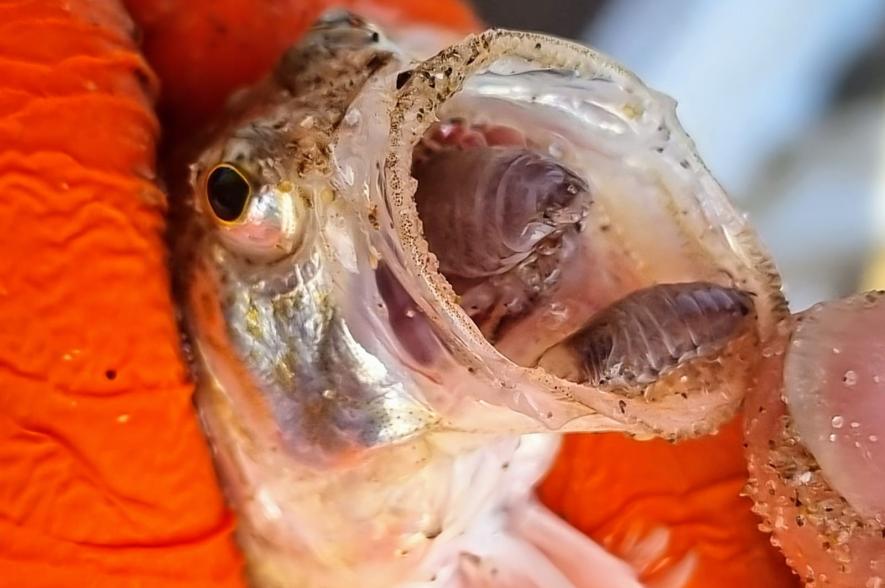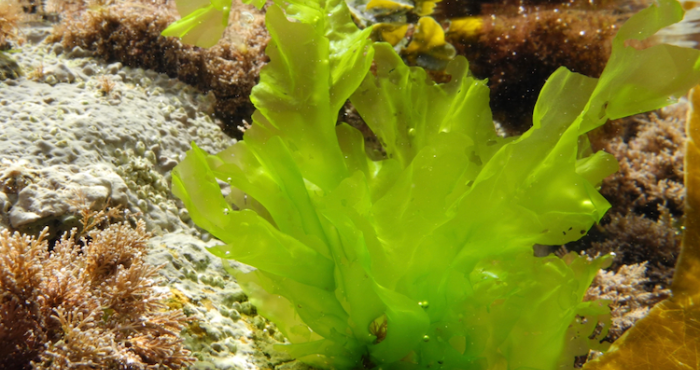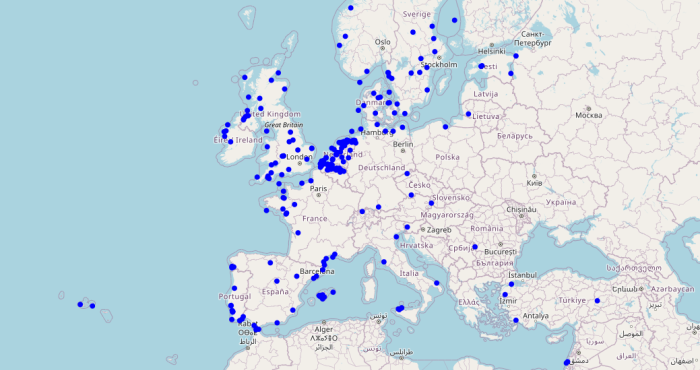Sevenfold increase in stinging weever fish observed by SeaWatch-B

Surge in lesser weever fish along the Belgian North Sea coast linked to warmer waters
The lesser weever (Echiichthys vipera) is a small (10–15 cm), venomous species that buries itself in the sandy seabed, often close to shore in summer. When stepped on, its dorsal or gill‑cover spines inject venom, causing intense pain, swelling and, in some cases, nausea, headaches or fever. The venom is heat‑labile, so immersing the affected limb in hot (but not scalding) water—up to 45 °C—for 20–90 minutes is the most effective treatment. Beachgoers are strongly advised to wear water shoes to avoid stings.
SeaWatch‑B data indicate an average density of one fish per 70 m²—approximately 100 fish across a football pitch—levels 10 to 15 times higher than those recorded in the late 1990s. Coastal waters reached 20–22 °C unusually early this summer, reflecting a long‑term warming trend of +2 °C over the past 60 years, which likely favours the species’ proliferation.
Remarkably, between 65 % and 80 % of the lesser weevers surveyed this spring were parasitised by the “tongue‑biter” (Cymothoa exigua), an isopod that attaches to a fish’s tongue and feeds on its blood. First reported in south‑west England in 1996, this parasite was recorded on the Belgian coast in 2020 and has since been found expanding its range eastwards.

About SeaWatch‑B
Since 2014, around 20 trained volunteers have conducted standardised surveys four times a year along various coastal transects. Their efforts provide valuable long‑term data on beach usage, marine life, sea temperatures, pollution and early dune formation. A comprehensive report covering 2014–2025 data will be published in 2026.
Read the full article in Dutch on Testerep Magazin.



